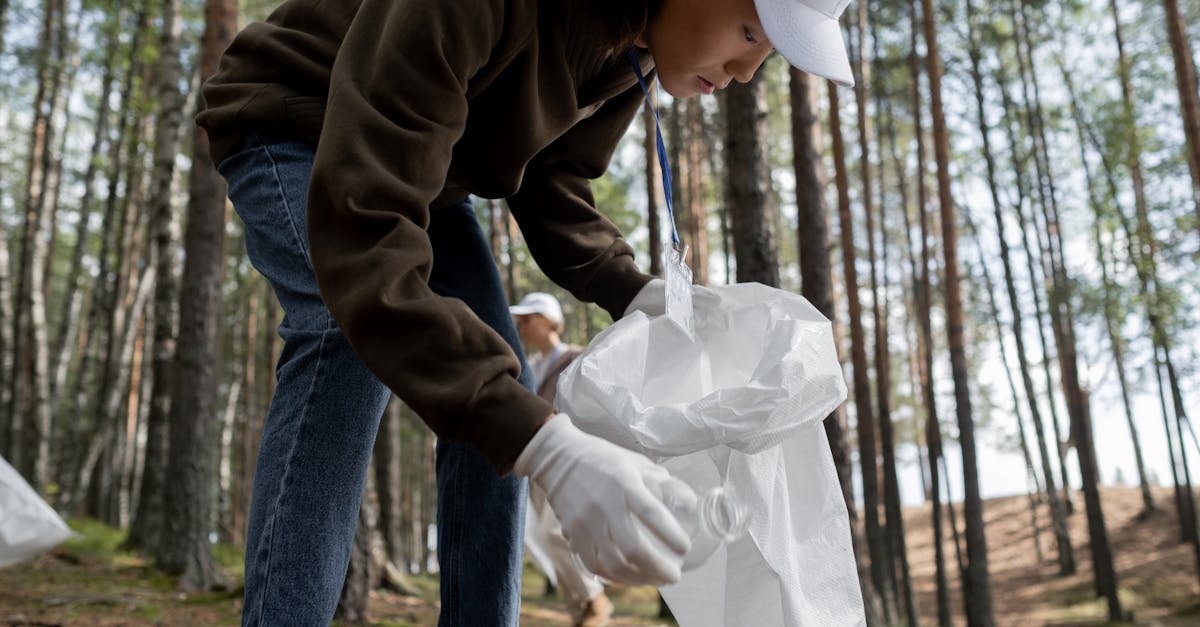How does hoarding cleanup work?

Table Of Contents
Restoration and Repair Work
Restoration and repair work play a crucial role in the process of hoarding cleanup. The first step involves assessing the extent of the damage caused by the hoarding behavior. This may involve repairing damaged walls, floors, ceilings, and other structural components of the home. Professional cleanup teams are equipped with the necessary tools and expertise to effectively address any damage that has occurred as a result of hoarding.
Once the assessment is complete, the restoration and repair work begins. This may include removing clutter, repairing broken items, and restoring the living space to a safe and habitable condition. In some cases, extensive repairs and renovations may be required to ensure the long-term safety and well-being of the individual affected by hoarding behavior. Professional cleanup teams work efficiently to restore the home to its original state, providing a clean and functional living environment for the individual.
Addressing Any Structural Damage
Addressing any structural damage during a hoarding cleanup process is crucial for ensuring the safety and stability of the living environment. Oftentimes, hoarding behaviors can lead to excessive clutter that puts a strain on the structural integrity of the property. Professional cleanup teams work diligently to assess and repair any damage caused by hoarding, such as weakened floors, damaged walls, or compromised support beams.
By addressing structural damage promptly and effectively, hoarding cleanup professionals can create a safer and healthier living space for the individual affected by hoarding. Repairing structural issues not only improves the functionality of the home but also helps to prevent further deterioration and potential hazards in the future. Through thorough assessment and targeted repairs, the cleanup team aims to restore the structural integrity of the property and provide a solid foundation for ongoing cleanup and maintenance efforts.
Emotional Support and Counseling
Individuals struggling with hoarding disorder often require emotional support and counseling throughout the cleanup process. Cleaning out a hoarded space can be an overwhelming and distressing experience for those involved. Professional cleaners trained in hoarding cleanup understand the emotional toll it can take on individuals and strive to provide a supportive environment for them.
Therapists specializing in hoarding disorder may also be involved in the cleanup process to help address the underlying psychological factors contributing to the hoarding behaviors. Counseling sessions can offer individuals coping mechanisms, emotional regulation techniques, and insights into their hoarding tendencies. By combining practical cleanup efforts with emotional support and counseling, individuals affected by hoarding disorder can work towards long-term recovery and a healthier living environment.
Providing Support for the Individual
Supporting individuals undergoing hoarding cleanup is a crucial aspect of the process. It involves not only the physical cleaning of the space but also addressing the emotional toll it can take on the affected person. The cleanup team should approach the individual with empathy and understanding, recognizing the challenges they may be facing.
Providing emotional support and encouragement throughout the cleanup process can help the individual feel more motivated and less overwhelmed. It is important to listen to their concerns, offer reassurance, and celebrate small victories along the way. Additionally, connecting the individual with mental health professionals or support groups can further aid in their recovery journey.
FollowUp and Maintenance
After the initial hoarding cleanup process is completed, follow-up and maintenance become crucial aspects to prevent hoarding behaviors from resurfacing. This phase involves establishing regular check-ins with the individual to monitor their living environment and provide ongoing support and encouragement. By maintaining open communication and offering resources as needed, the individual can feel supported in their efforts to maintain a clutter-free space.
Regular follow-ups also allow professionals to assess the effectiveness of the cleanup strategies implemented and make any necessary adjustments. It is essential to create a plan for long-term maintenance that addresses the individual's specific needs and challenges. By establishing achievable goals and providing guidance on organization and decluttering techniques, the individual can continue to progress towards a healthier living environment.
Establishing LongTerm Cleanup Solutions
Establishing long-term cleanup solutions is essential in ensuring the success of hoarding cleanup efforts. One key aspect of this process involves developing a comprehensive maintenance plan that addresses the specific needs of the individual. This plan may include regular check-ins, ongoing support services, and strategies for preventing hoarding behavior from resurfacing.
Additionally, establishing a support network for the individual can further aid in maintaining a clutter-free environment. This network may consist of mental health professionals, social workers, family members, and friends who can provide ongoing encouragement, assistance, and accountability. By creating a solid foundation of support and implementing effective long-term cleanup solutions, individuals struggling with hoarding can experience lasting change and improved quality of life.
FAQS
What is hoarding cleanup?
Hoarding cleanup is the process of removing clutter, debris, and items from a hoarder's living space in order to restore safety, cleanliness, and functionality to the area.
How does hoarding cleanup help individuals?
Hoarding cleanup can help individuals by providing a clean and organized living environment, reducing health and safety risks, and improving overall quality of life.
Who performs hoarding cleanup?
Hoarding cleanup is typically performed by professional cleaning and restoration companies that specialize in dealing with hoarding situations. These companies have the expertise, equipment, and training to safely and effectively clean up hoarded spaces.
Is hoarding cleanup a one-time process?
Hoarding cleanup is often not a one-time process, as hoarding behaviors can recur if underlying issues are not addressed. Follow-up and maintenance services may be necessary to establish long-term cleanup solutions and prevent hoarding from reoccurring.
How can individuals affected by hoarding benefit from emotional support during cleanup?
Individuals affected by hoarding can benefit from emotional support and counseling services during cleanup to address the underlying issues that contribute to hoarding behaviors. Providing support and understanding can help individuals navigate the cleanup process and make positive changes in their living environment.
Related Links
How much does a clean up on hoarders cost?Hoarding Cleanup